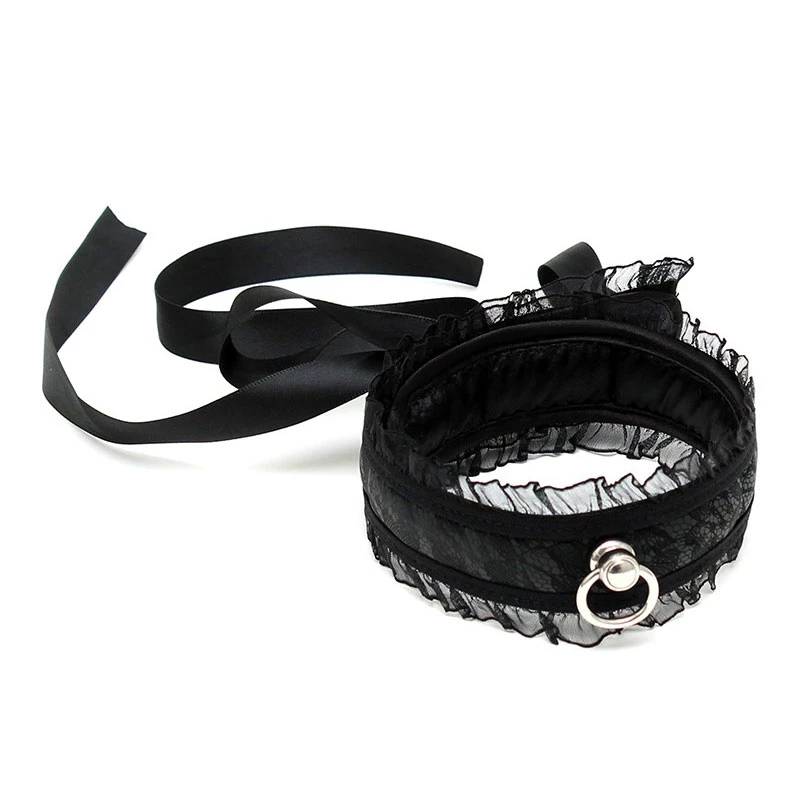The more one indulges in BDSM, the more they realise that the raunchy acts can be exercised safely. As you gain knowledge, BDSM and bondage gear become safer. Without proper understanding, there’s a risk of harm and unforeseen circumstances. A plethora of acts and toys reside in the realm of bondage sex. Taking time to research BDSM rules is crucial before any involvement.
But why are rules necessary? While BDSM isn’t naturally dangerous, certain aspects can negatively affect you and your partner, emotionally or physically. The chances increase when you are not honest with yourself or your partner. So, when it comes to BDSM, never dive in without preparation.
Setting up personal rules around BDSM can reduce risks and enable you to enjoy the experience fully.
Rules around BDSM
Here is a list of BDSM rules you can adhere to. For The Closet has been in and around the sexual wellness business, making us one of the industry leaders regarding sexual pleasure and safety. You do not need to follow every word in the list; however, if you embody these rules – you can be carefree in your endeavours.
Recognise the Risks
BDSM always carries a certain level of risk. In fact, the risk and the bondage gear are the selling point of the act. However, with knowledge and preparation, these risks can be reduced. You just need to remember these points:
SSC (Safe Sane Consensual): As the name suggests, three significant aspects need to be met, whether you are a beginner or experienced in BDSM. This phrase emphasises the importance of safety in BDSM activities and using bondage toys. Furthermore, it also considers the mental capacity to provide consent sensibly and securely.
RACK (Risk Aware Consensual Kink): This acronym highlights being aware of the inherent risks in kinky activities. Even though complete safety cannot be ensured in BDSM, the rule highlights the importance of awareness. Before giving or asking for consent, always picture the level of risk for you and your partner.
Hurt, not Harm: BDSM is all about temporary discomfort. The grappling, hurting, groping and bounding, and other acts are never permanent. Similarly, the ‘hurt nor harm’ signifies that no kink should leave a long-lasting impact on you or your partner.
Ensure Safety with a Safe Word
Utilising a safe word is a crucial aspect when delving into BDSM. Safe words act as protective measures during these experiences. If you are submissive, the safe word becomes your shield. On the other hand, if you are the dominant partner, the safe word acts as a way to stay connected and informed about your partner’s comfort level.
Selecting a safe word is a personal choice. However, opting for a word that will not typically come up in the bedroom is wise. For instance, avoid choosing a word like “No” as your safe word. The rule with safe words is – when you utter your chosen safe word, the act either halts or pauses.
Prioritising safety through a safe word fosters a sense of security and mutual respect in BDSM interactions.
Embody these Essential Traits for Sexual Wellbeing
Open-mindedness, Patience, Humility, Realism, and Sensitivity. These qualities form the foundation for a successful journey into kink. Whether you like to use bondage gear or not or assume the role of a top or a bottom – these traits are a must.
Your partner can introduce activities that differ from your preferences. By being receptive, you can lead to newfound enjoyment. Remember, approaching with kindness and open-mindedness is the key.
Being in synch with your and your partner’s needs is vital. This quality comes in handy, especially for dominants. Responding to your partner’s reactions with tenderness and empathy is essential to form a genuine bond.
Developing together in the realm of sexuality requires patience. You and your partner may have different levels of experience. One can be more versed with BDSM, while the other might need time to acclimate the idea. This is the case in most situations. Your partner can emerge victorious only if patience is practised on both ends.
BSDM can be more demanding than other sexual kinks. However, with the help of rules and genuine connection, you and your partner can prosper towards a raunchy world of desires.
Avoid BDSM Under the Influence
Engaging in BDSM is already a risky business. The intense scenes and hurtful bondage gear are already too much to handle for many. Engaging under the influence carries even more significant risks, particularly with more intense actions like suspension and needle play. Substances can impair your reflexes and hinder your ability to detect potential harm. Therefore, maintaining sobriety is a crucial BDSM guideline for both submissives and dominants.
Aftercare to Become a Better Pair
Aftercare in BDSM means attending to your partner physically and emotionally after a scene. BDSM scenes can be intense, leaving a hollow space for empathetic communication. Many couples feel better after having a snack, drink or nap around a cosy blanket. Furthermore, people have displayed positive results in applying soothing balms and antibiotics to affected areas.
Both submissives and dominants claim to find comfort in aftercare. You can consider other forms of aftercare, such as cuddling, sharing a warm shower, or giving a gentle massage.
At FTC, we believe in exploring one’s journey. Hence, our list around bondage is not long. As you dive into BDSM, you can create additional rules that suit you and your partner to ensure safe exploration and keep the excitement alive.












